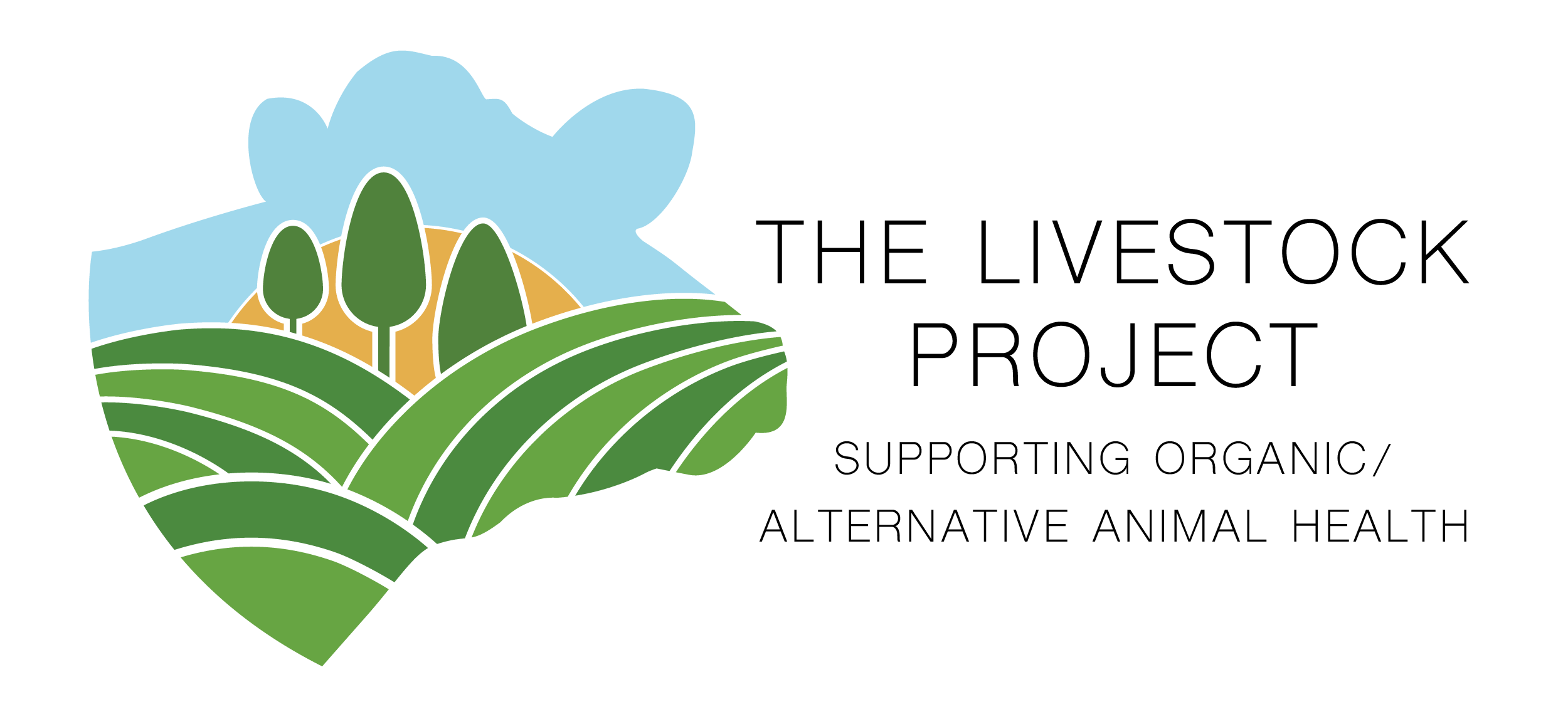
Learning objectives
- Apply the concept of “treat with all means necessary” on organic farms
- Discuss the role of organic livestock agriculture in the fight against antimicrobial resistance
- Explain the three major ways alternatives to antibiotics impact animal health
- Explain how alternative therapies, in general, differ from traditional therapies
Introduction
The USDA lays out the active role of veterinarians on organic and alternative (O/A) farms, ranches , and livestock operations in the Guide for Organic Livestock Producers (Coffey & Baier, 2012). Despite its age (2012), the USDA Guide for Organic Producers provides timeless written guidance for organic livestock farmers, including information on the use of veterinarians on their farms. More information on the role veterinarians, veterinary technicians, and extension personnel can play on organic and alternative farms can be found in this continuing education series.
Considerations when treating livestock on O/A farms and ranches
Those working with organic and alternative livestock farms must remember some very important concepts, practices, and rules. Details of these considerations are discussed below. Regarding the various treatments discussed in this section, information on non-traditional Western medicine treatments, termed Complementary and Alternative Veterinary Medicine (CAVM) by the American Veterinary Medical Association, is given to provide background and knowledge of what veterinarians will encounter when visiting organic and alternative farms. We are not presenting this information on alternative treatments to necessarily encourage or discourage their use but to provide you with resources to meet O/A producers where they are and work with them in a way that respects their knowledge and practices and leads to optimum health and welfare of their animals. This might be your first introduction to some of these treatments, or you might use some for yourself and your family, as most of them are also included in the arsenal of human medicine. Some of these products and treatments work better than others, as is also the case with conventional medicine. The use of some of these products goes back hundreds of years (e.g., botanicals, homeopathy, acupuncture). As such, they might be the precursors of current pharmaceuticals used on conventional farms (especially botanicals). They have various levels of evidence-based scientific validation while also having ardent believers in their benefits (as do those using conventional FDA-approved medications). This chapter may also introduce you to treatment modalities you wish to further educate yourself on and permanently add to your toolbox.
Second, a very important thing to know about treatment on USDA-certified organic operations is the National Organics Program (NOP) requirement to treat with all means necessary. The producer of an organic livestock operation must not withhold medical treatment from a sick animal to preserve its organic status. All appropriate medications must be used to restore an animal to health when methods acceptable to organic production fail. Livestock treated with a prohibited substance must then be clearly identified and cannot be sold, labeled, or represented as organically produced” (7 CFR 205.238(c)(7). This is where many of the challenges between veterinarians and O/A producers occur. The loss of organic status for an animal is very serious, with short and long-term financial losses and potential emotional and other considerations, and can lead to waiting too long to treat with conventional therapies. Animals that lose organic status because they have been given a prohibited substance must be recorded. The certifying agency is notified. The animal must be clearly marked, separated from the production string, and sold or removed once the withdrawal times have passed.
With the above information in mind, veterinarians should have an open-ended conversation with farmers about culling animals in general. Cows (and other livestock) are culled for reproductive issues, mastitis, lameness, and other concerns. Organic farmers must remember that an animal or two in a year may need to be culled due to using a prohibited substance like antibiotics to save their life.

Another important consideration when working with dairies that ship Grade A milk is the federal Pasteurized Milk Ordinance, the PMO. (States also regulate Grade A milk and may have more stringent regulations than the PMO). Because herbal and other alternative treatments are often not FDA-approved and lack NADA numbers, milk inspectors may debit inspections when organic treatments are found. Farmers can risk losing their permit for shipping milk. Inspectors vary from region to region, some lenient, some more stringent. Most of the time, however, inspectors across the US respect properly completed veterinary labels.
Appropriate veterinary labeling and on-farm storage are spelled out in Section 15r of the PMO. Alternative and allowed conventional treatments must be labeled with the following:
- The name and address of the authorizing veterinarian (one who is personally familiar with the farm and has a veterinary client patient relationship (VCPR).
- The name of the active ingredients (this is met by displaying the drug’s common, generic, or scientific name, not the trade or brand name).
- Adequate directions for use.
- Withholding times for meat and milk, even if zero.
- Any necessary cautionary statements.
Note: Topical antiseptics and wound dressings, unless intended for direct injection into the teat, vaccines and other biologics, and dosage form vitamins and mineral products are exempt from labeling and storage requirements, except when stored in a way that might end up contaminating milk or milk products. The PMO will come up for a biennial review again in 2023. Grade A Pasteurized Milk Ordinance page 56

